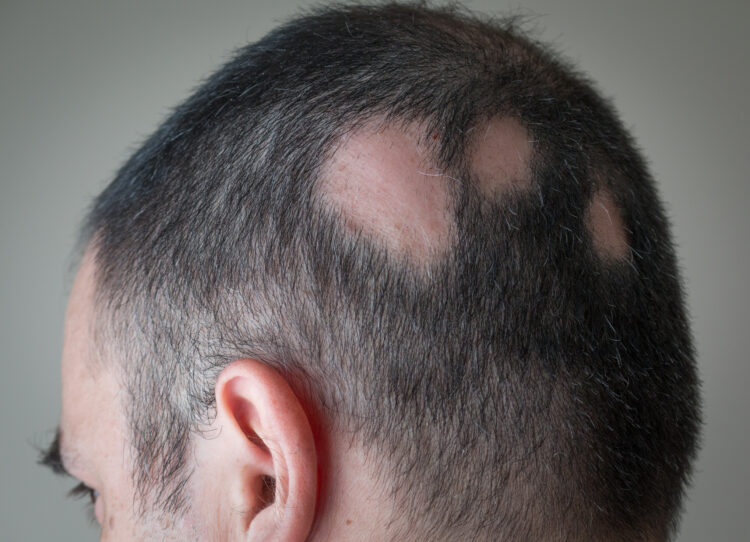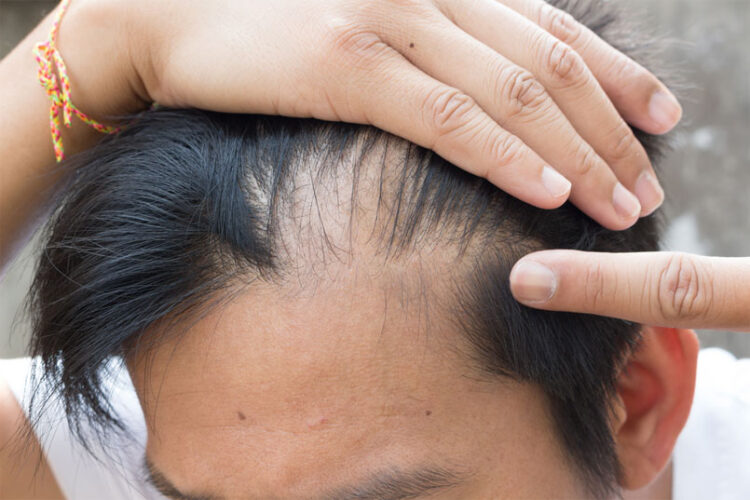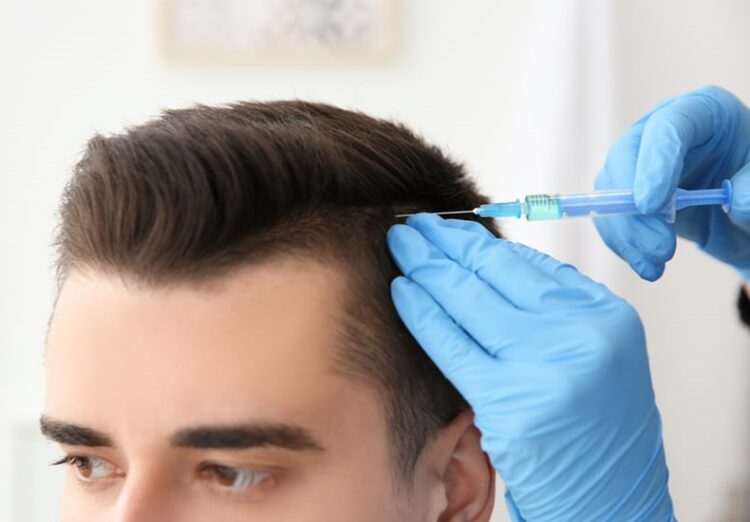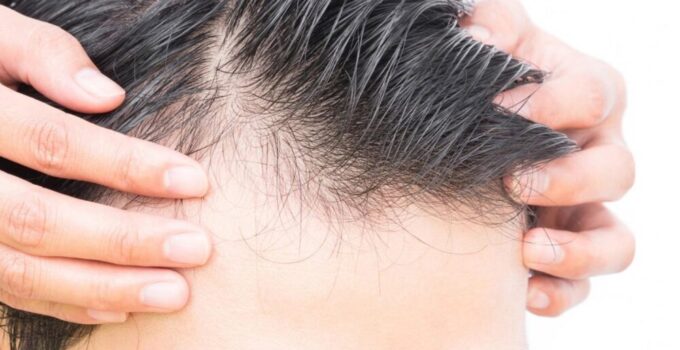Loss of hair, or Alopecia as it is coined medically, is a condition that is known to affect men more than women. Hair loss typically occurs in older men, especially when they are nearing the age of 50. Women are more prone to thinning than losing them entirely, unless diagnosed with androgenetic alopecia.
It is common for a person to experience hair fall daily. In fact, we may either shed or lose about a hundred strands each day. Note that it is either we lose or shed hair. These conditions are different by nature. Sometimes, shedding of it may be mistaken for hair loss. Shedding hair is a part of the growth’s cycle. At times, it usually happens when a person undergoes extreme stress. Whatever the cause of your shedding is, you would be relieved to know that this is only temporary and will grow back. Hair loss, on the other hand, is noticeable when patches of fall out and no longer grow back, leaving bald spots or areas where the volume of hair is thinner on your head, which is when you should start thinking about a visit to a dermatologist and potential hair loss treatment.
Page Contents
Diagnosing Alopecia

Source: flushinghospital.org
Foxeny emphasizes that a dermatologist’s assessment is crucial in diagnosing and treating loss/alopecia. During a consultation, expect your doctor to ask about you and your family’s medical history, and recent events that may have caused stress to your body. Your doctor will also check the health of your scalp to see whether there may be infections present. To rule out autoimmune diseases that may cause the loss, your doctor may harvest a small part of your skin with the follicle embedded and have a biopsy done to it.
Signs of Alopecia
The primary sign that a person has alopecia is hair loss that leads to balding on the scalp that may be measured in than a few centimeters. With alopecia, hair fall is usually spontaneous and may sometimes occur in other parts of the face and body.
Causes of Alopecia

Source: torontohairtransplant.com
Scientists don’t know the exact reason as to why some people have alopecia areata. What you have to know is that alopecia is an autoimmune condition – meaning that your body confuses healthy cells as foreign and attacks them. That’s why a lot of the times, alopecia is observed in people who have a family history of autoimmune diseases. There are several other factors that can contribute to the cause of loss. These are the following:
-
- Aging
- Genetics
- Deficiency in nutrients
- Harmful hairstyles
- Harsh products or treatments
- Hormonal imbalances
- Medical condition
- Medicines and supplements
- Surgery
-
Aging:
As the body grows old, its ability to reproduce gets affected and tends to be much slower.
-
Genetics:
Hair loss or balding is commonly observed in families that have exhibited the condition in several generations. This goes to show that the condition can be passed on through genetics.
-
Deficiency in nutrients:
The growth of follicles can be impeded by the body’s lack of sufficient nutrients due to poor diet. This usually happens to people who like to go on crash or heavy dieting. Likewise, it can also happen to people who are anorexic or bulimic.
-
Harmful hairstyles:
Hairstyles that pull on tightly can cause inflammation and affect the health of the follicles. Once the follicles are damaged extremely and scarred, the growth of new strands may no longer take place, resulting in permanent loss.
-
Harsh hair products or treatments:
Hair loss can be caused by bleaches, dyes, or other solutions that have harsh chemicals and are used to treat that can cause the scalp to burn and swell.
-
Hormonal imbalances:
Changes in hormones often occur in women. This can be triggered by imbalances of the hormones involving the reproductive system, such as getting pregnant, delivering a child, undergoing hysterectomy, use of birth control pills, and menopause.
-
Medical condition:
Certain autoimmune diseases or medical conditions (e.g. lupus, thyroid disorders, infections, syphilis) may push the body to take a break from performing unnecessary tasks.
-
Medicines and supplements:
Medications used to treat cancer, gout, and high blood pressure may cause loss or shedding as a side effect.
-
Surgery:
Undergoing a major operation can put the body under great stress, resulting in the loss.
Who is prone to Alopecia?
While alopecia occurs in both men and women, men are more likely to see more loss compared to women by the condition. In general, health loss is more commonly seen in men than in women. Women, however, are more likely to have alopecia. Alopecia can also occur in children as well. The exact reason is not known, but stress can be a factor contributing to alopecia.
Treatments for Alopecia

Source: medgadget.com
There are several treatments that may help patients dealing with alopecia.
- Anti-inflammatory medications – Since alopecia can be triggered by inflammation, doctors prescribe anti-inflammatory medications to reverse this effect. Steroid-infused topical creams or injections can be used by your doctor.
- Hair wigs and weaves – Wigs and weaves are the most common, easiest, and even stylish solution to cover up a bald spot or the entire head, for those whose hair loss is due to chemotherapy.
- Hair transplant – This procedure involves surgery to replace areas that have lost hair with new hair grafts.
- Topical solutions – Minoxidil, popularly known as Rogaine, is a solution that can be purchased over-the-counter and is applied to the scalp to stimulate regrowth. The results may take up to a year to show. There are other medications that may stimulate growth, as well. Choosing the right one is crucial and should be done under a doctor’s advice.
- Injections – for milder cases of alopecia, your doctor may prescribe steroid injections. Like steroids taken orally, the injection will reduce the inflammation. It’s important that you repeat the treatment when needed.
Although there is still no permanent cure for alopecia, an intervention can be done to manage your condition. If you think you are losing more than usual and see clumps of it on your hairbrush, then this may be a sign for you to seek medical attention and have your hair and scalp’s health checked.





